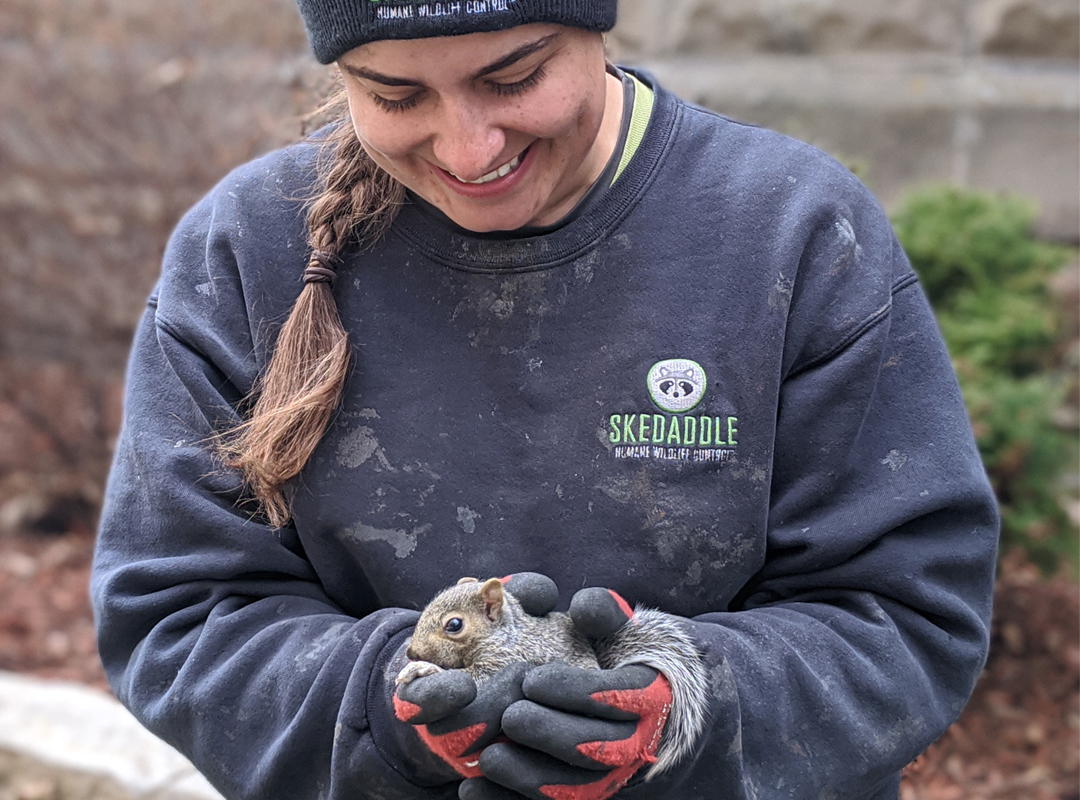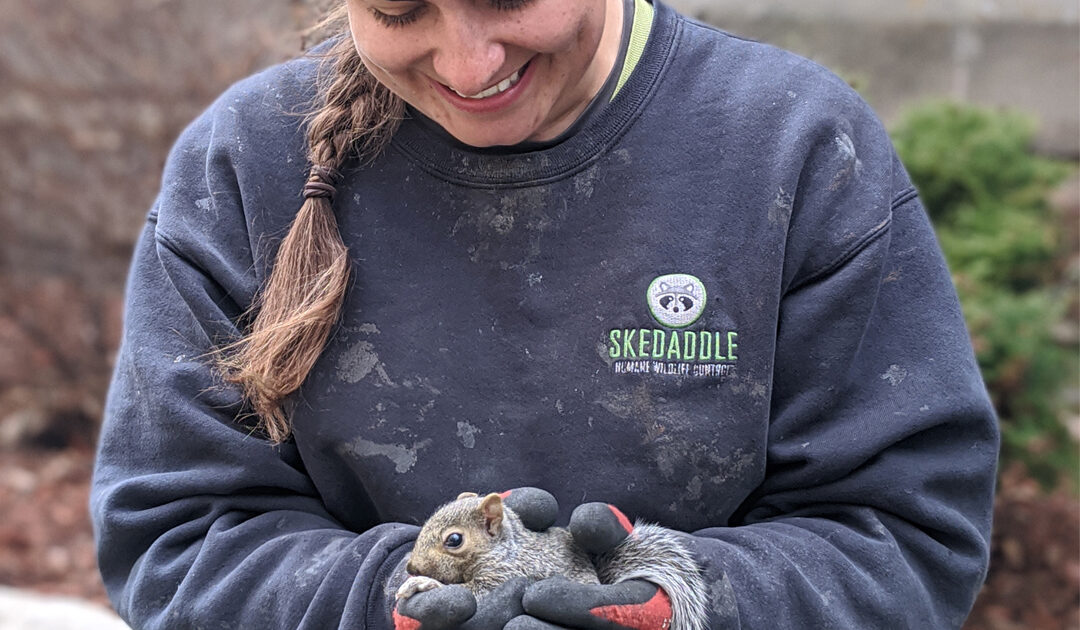Squirrels, like many animals, love the summer and become more active. The rodents seem to frolic and feast all day, every day, which is necessary to burn energy, store food, and fate mates. Still, too much squirrel activity around your home is often problematic, resulting in property damage. If you have too many squirrels around your house, consider contacting squirrel removal in Newmarket to discuss removal options.
How Different Squirrel Species Behave During Summer
Not all squirrels act or behave the same in the summer. With over 200 species of squirrels globally, 22 of which thrive in Canada, all exhibit unique behaviours, differentiating them from others.
Three species, in particular, demonstrate the subtleties between species most effectively: grey squirrels, red squirrels, and flying squirrels. Not only do these species look different, but they also act differently than other squirrels.
1. Grey Squirrels
Squirrels are not nocturnal animals; they operate on a similar sleep-wake schedule to humans. Grey squirrels probably adhere to the most human-like schedule of any species. They become active a couple of hours before sunrise and begin to settle a few hours before sunset.
Grey squirrels appear dark or pale grey, but their coats may also have bits of red hues. Still, they are not as red as red squirrels.
2. Red Squirrels
Unlike grey squirrels, red squirrels are most active during twilight. The animals mate from April to August, producing offspring within the same five-month window. While their diet is similar to other squirrel species — nuts, seeds, buds, etc. — red squirrels will also eat fleshy fruit and fungi. Almost their entire coat is red to olive grey.
3. Flying Squirrels
Flying squirrels are the most unique of the three species. They are more nocturnal than other squirrels. Also, they can glide from tree to tree and are most active during the summer because it is mating season, meaning they give birth in the fall and have many mouths to feed in the winter months.
How Squirrel Infestations Are a Nuisance
The facts about squirrels shed light on their behaviours during the summer, but it is the end of summer and the fall that many homeowners need to worry about. As the weather transitions and squirrels become pregnant, they seek shelter and warmth. Your house may present an ideal nesting site, leading to an infestation and several potential dangers.
1. Fire Hazards
If a squirrel gets inside your home, likely the attic space, it starts to build a nest. The nest materials will probably come from things immediately available, like insulation, cardboard boxes, important papers, etc.
Also, like most rodents, squirrels need to chew to file down their teeth; the animal will gnaw on everything and anything it can get its mouth around. Wiring is particularly susceptible to chewing damage.
Loose insulation and frayed wires are safety and fire hazards. You must correct the issues as soon as possible.
2. Health Risks
Squirrel urine and droppings may also present a health risk to you and your family. Urine will soak into the wood, damaging it and causing an awful smell, and droppings contain harmful bacteria that can cause illness and infection.
3. Property Damage
Ultimately, squirrels are destructive. They can chew through materials and make large holes in your house. They may also chew through structural materials, allowing for moisture damage or simply weakening beams, making the home a safety hazard.
How To Get Rid of Squirrels
It is possible to limit squirrel damage and reduce the risks of an infestation with the right help. Contact Skedaddle Humane Wildlife Control to discuss your squirrel problem and schedule a property assessment.




